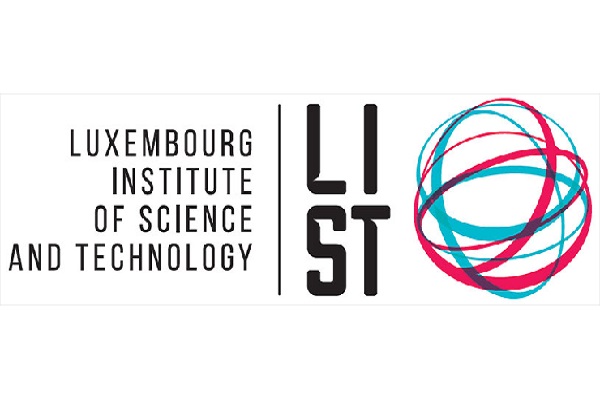
The Luxembourg Institute of Science and Technology (LIST) and French company 3D-Oxides have set up a joint laboratory to accelerate the discovery of new functional materials allowing the development of the hydrogen sector in Luxembourg.
The race for clean energy production has begun. Hydrogen, which is a zero carbon fuel, is a serious lead, but for the moment complex to implement and very expensive. Water fractionation, which consists of removing hydrogen and oxygen from water, is one of the avenues envisaged for producing hydrogen for fuel cells, in particular for mobile applications. Research in this area is focused on improving technologies to make water fractionation easier and more affordable to implement.
It is in this context that LIST has teamed up with 3D-Oxides, a French company that develops functional materials with extraordinary properties using Chemical Beam Vapor Deposition (CBVD). The partnership with 3D-Oxides, which began in April 2020 for a period of four years, aims to conduct a research programme focussed on energy, particularly on the development of new materials for the hydrogen industry necessary for the creation of battery fuel with low catalyst content, the development of new generation electrolysers or high performance photolysis systems.
Dr Damien Lenoble, Director of the LIST Materials Department, noted: “What is quite remarkable in this partnership is the possibility of strengthening our overall strategy in the Materials department of LIST centred on the accelerated development of new functional materials. Imagine the evaluation of a dozen different chemical compositions in a single experiment and the coupling between the power of these manufacturing processes and the advanced modelling by HPC of these same materials. We offer it all under one roof!”
To fractionate water, 3D-Oxides and LIST rely on the photolysis of water. The HEPHOTO project aims to explore a more efficient photocatalyst material (NaTaO3). This project, supported by the National Research Fund via the Bridges programme, will develop a functional material used in photo-electro-catalytic processes to separate hydrogen and oxygen. This approach will enable the obtention, in a single step, of very efficient photo-electrodes, in turn making it possible to fractionate the water.
3D-Oxides' expertise lies in mastering the CBVD, a thin film deposition technology which allows the processing of several materials at the same time thanks to a combined approach. The technology represents an innovative way to deposit materials in softer conditions, well controlled and in a single step. LIST will be armed with the equipment of CBVD "Sybilla 450", a unique machine which can treat substrates with diameters up to 450 mm, a substantial size allowing the generation of photo-electrodes in large numbers or of sufficient size for relevant usage tests.
For its part, LIST will bring its expertise in the synthesis of functional materials in thin layers, in the characterisation of these materials and in the prototyping of functional devices.








